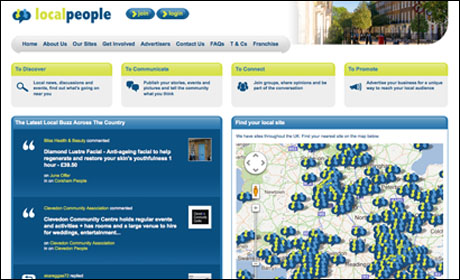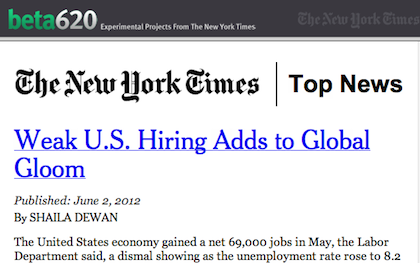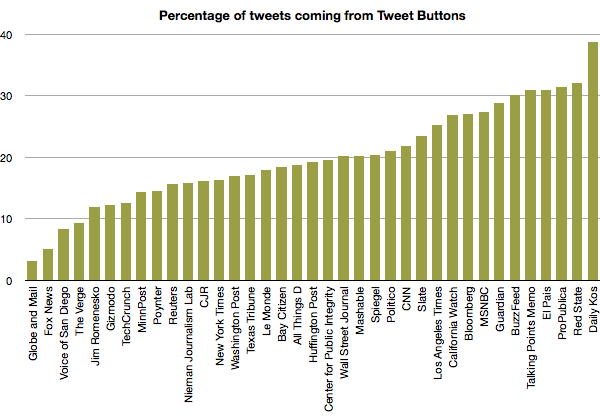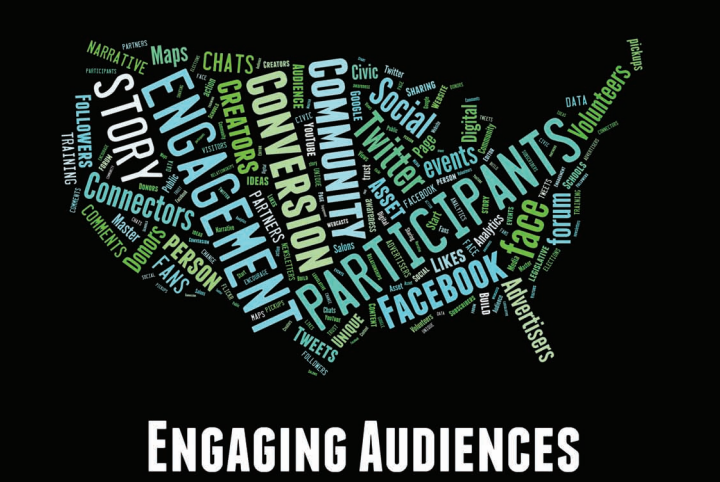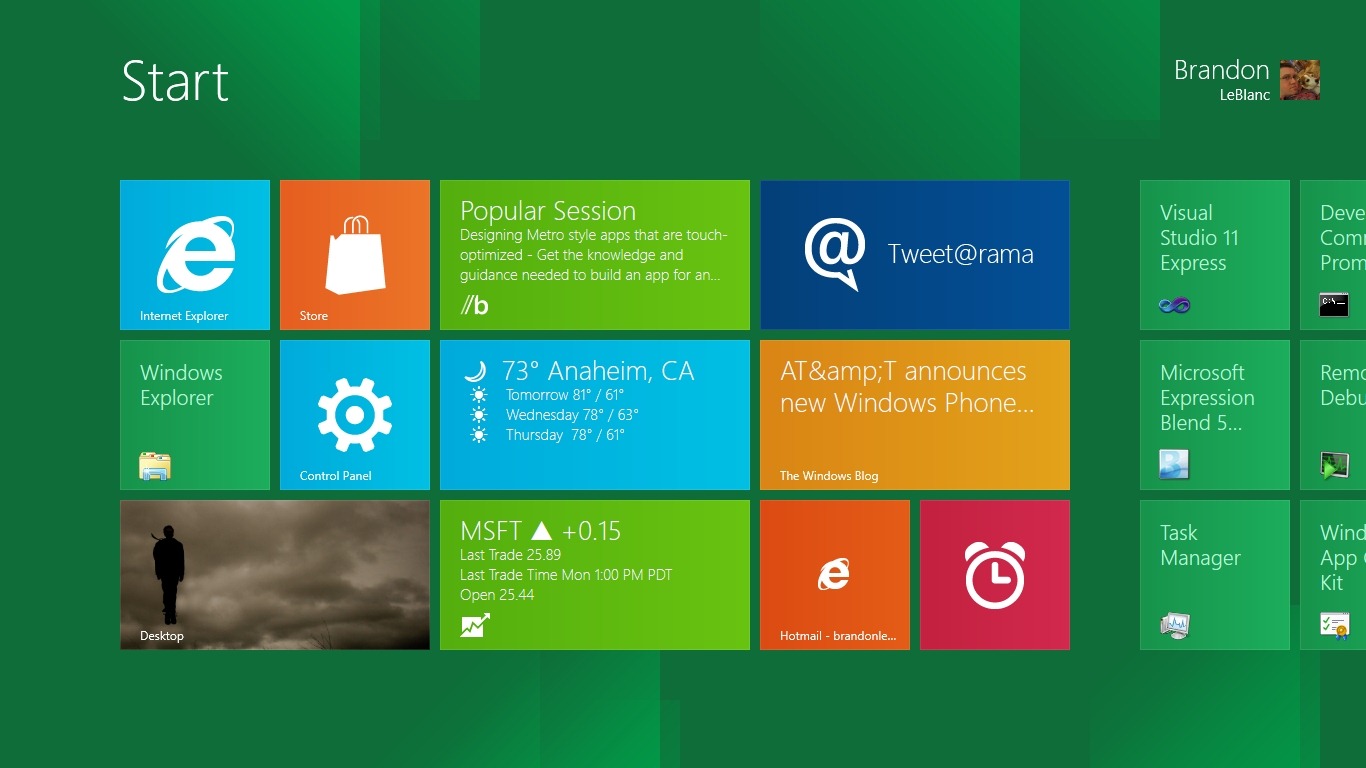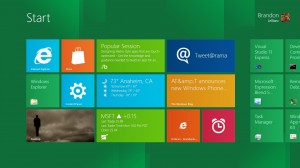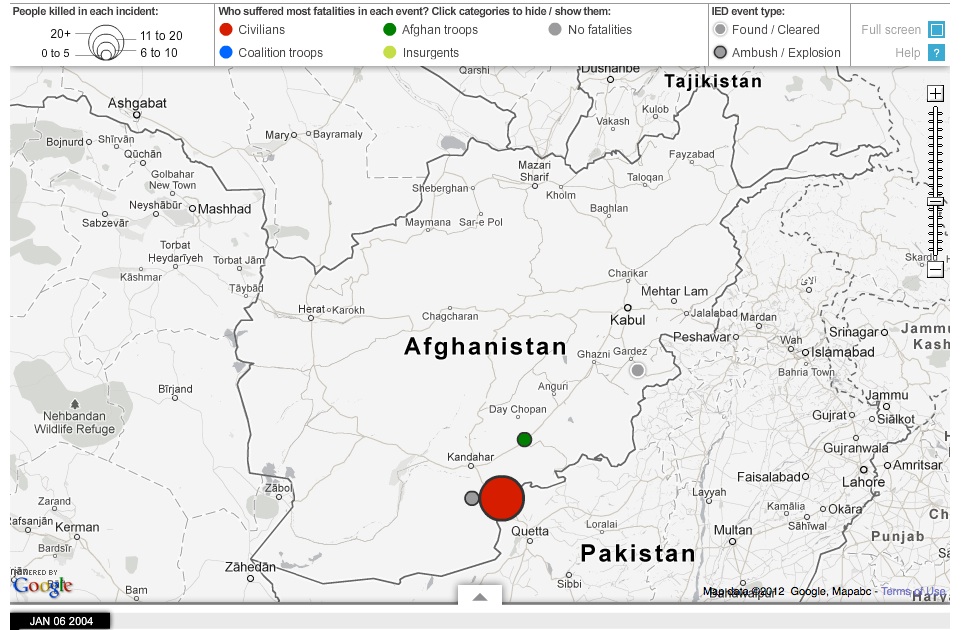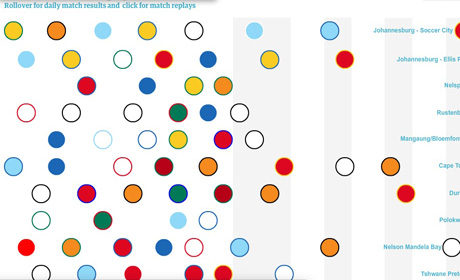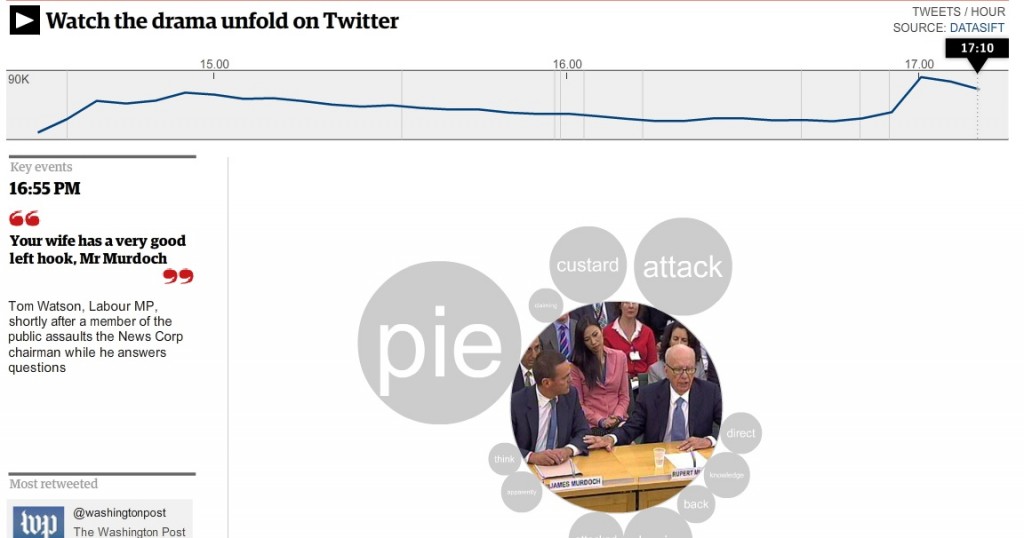Reports emerged yesterday that Northcliffe Digital is to restructure its Local People websites, with an end to the contracts of the freelance “contracters” currently on each site.
Instead “dedicated community publishers” will be tasked with managing a group of the sites.
Holdthefrontpage has more here.
Here is the full statement from Northcliffe Digital:
Northcliffe Digital has conducted a review of Local People sites. From August 2012, dedicated community publishers will be appointed to look after a portfolio of Local People sites that sit within Northcliffe Media’s overall footprint.
The current publishing structure uses one freelance contractor per site. These contracts will expire in August.
This approach means Local People will have the benefit of more experienced publishers covering a broader remit and will streamline the running of the business.
Local People sites that sit outside Northcliffe’s footprint will be made available as franchises.
The Local People websites attracted 840,000 unique visitors in May 2012. There are no other immediate plans to make changes to the sites.
